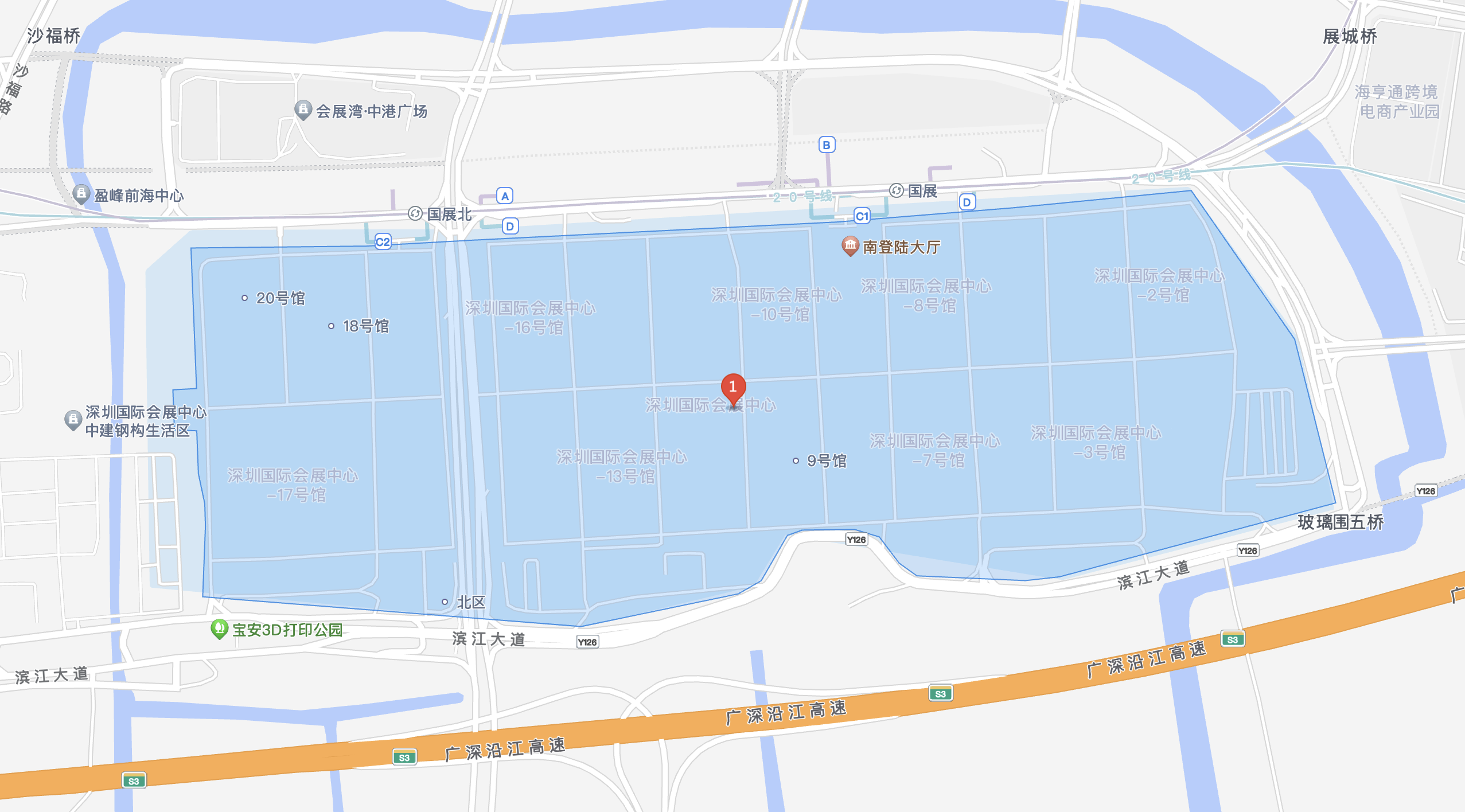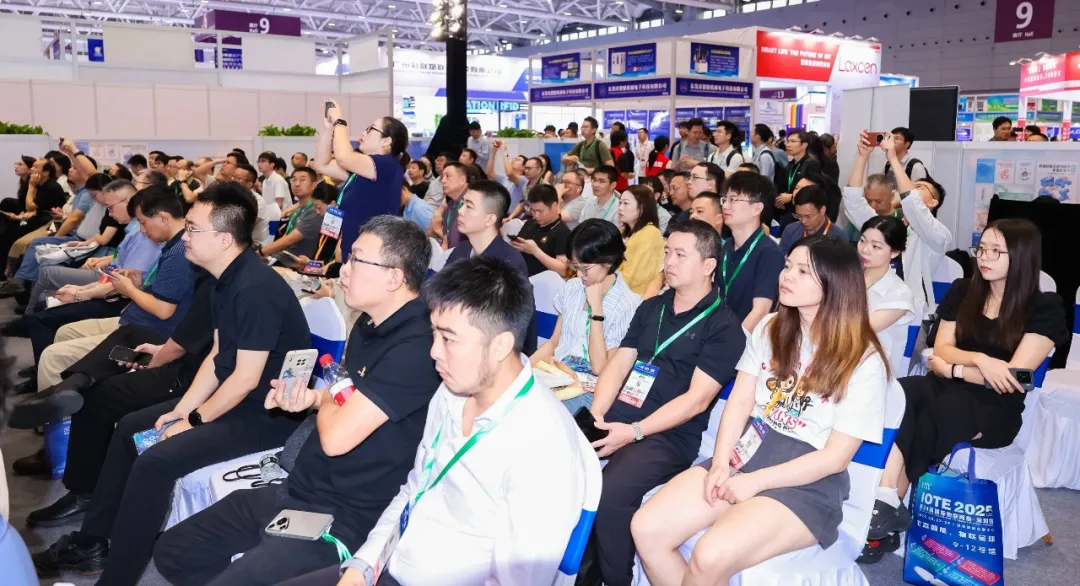
The first speaker was Jia Jiahao, a technical support expert at Pingtou Ge (Shanghai) Semiconductor Technology Co., Ltd. He stated that demand for RFID technology continues to grow in key sectors such as fast-moving consumer goods (FMCG) retail, apparel and footwear, and logistics and parcel delivery. He also pointed out that large-scale RFID applications in the FMCG and retail industries face challenges such as degraded RFID tag radio frequency performance in complex media environments, missed reads and cross-reading in metal and liquid environments, and insufficient chip and tag technology penetration. Pingtou Ge's Yuzhen 611 series RFID electronic tag chips offer advantages such as high sensitivity, high reliability, excellent consistency, good stability, and low overall cost. Combined with innovative solutions (optimized antenna design, enhanced reader performance and algorithms, and improved equipment scheduling efficiency), they achieve high recognition rates and high yields in multiple fields. He also demonstrated the application results of this chip in the food industry and catering supply chain, including improvements to item recognition accuracy in complex retail scenarios reaching 99.8%, real-time visibility into logistics status, and improved inventory efficiency. Finally, he mentioned that Yuzhen 611 will continue to expand its market scale and expand its application scenarios, and announced the upcoming release of a new generation of universal RFID tag chips.
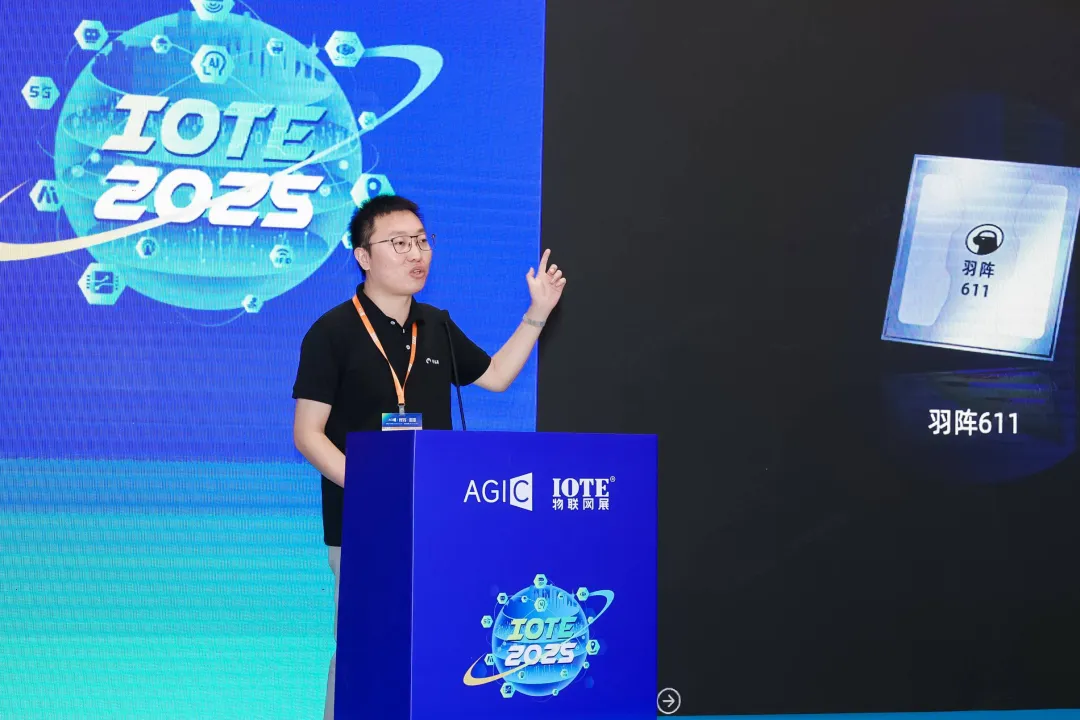
The second speaker was Yang Linli, Deputy General Manager of Shanghai Kunray Electronics Technology Co., Ltd. She stated that amid the accelerated evolution of general-purpose large-scale models, the industrial sector is driving the deep integration of AI and physical manufacturing. The 2025 "Artificial Intelligence + Manufacturing" initiative explicitly supports the application of large-scale models in key scenarios, with the gradual development of smart factories and the simultaneous advancement of digital transformation. However, industrial intelligence requires continuous and accurate data collection from the physical world, which currently faces numerous challenges. Kunray Electronics is focusing on innovation in passive IoT technology, integrating RFID, Bluetooth, and 5G-A technologies. This approach promises to enable low-cost, large-scale collection of critical data, facilitating industrial intelligent upgrades and full-lifecycle asset management. This solution will effectively overcome the bottlenecks of traditional sensor wiring, such as complex, costly, and difficult maintenance, providing a low-cost, scalable data engine for industrial large-scale models and facilitating the implementation of intelligent manufacturing.
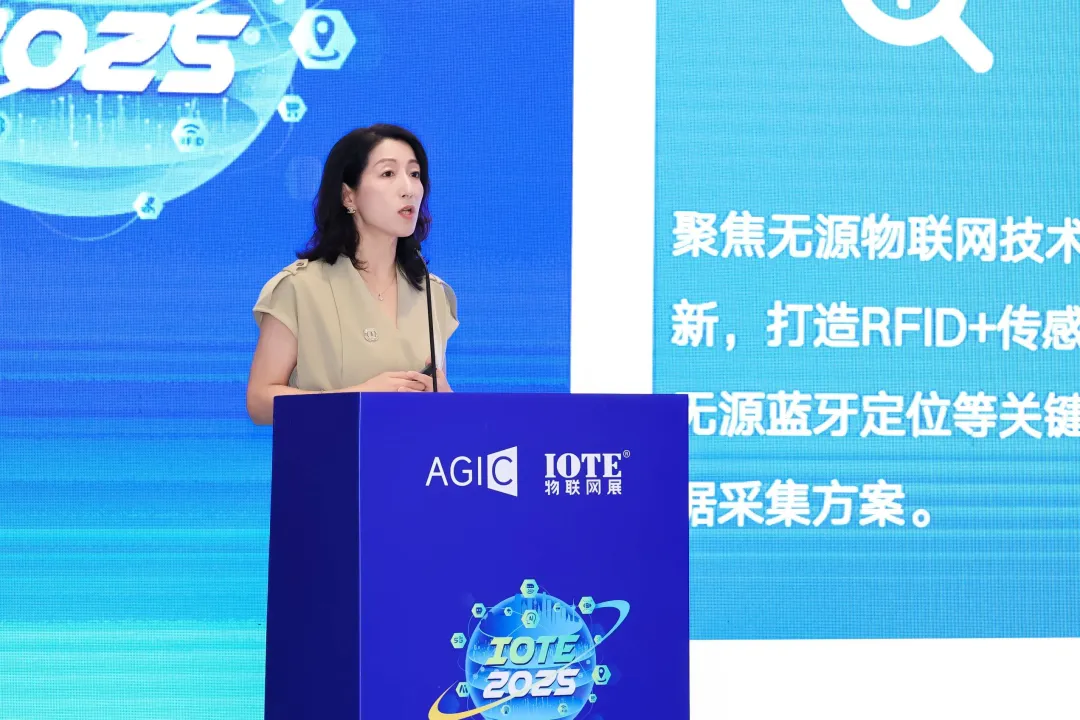
Next up was James Davey, Senior Vice President of Sales, Business Development, and Product Management at Pragmatic Semiconductor. He explained that ubiquitous connectivity promises unprecedented insights and efficiency, but its implementation is challenged by high costs, limited availability, and sustainability challenges. Pragmatic's flexible FlexICs sustainably bridge the physical and digital worlds, enabling low-energy, low-cost edge and item-level intelligence at scale across industries such as healthcare, logistics, consumer packaged goods, and electronics. He also introduced the Pragmatic NFC Connect, a product within the FlexIC product family that redefines the parameters for near-field communication (NFC) connectivity, providing seamless intelligent solutions for mass-market products and unlocking the potential of a truly connected world.
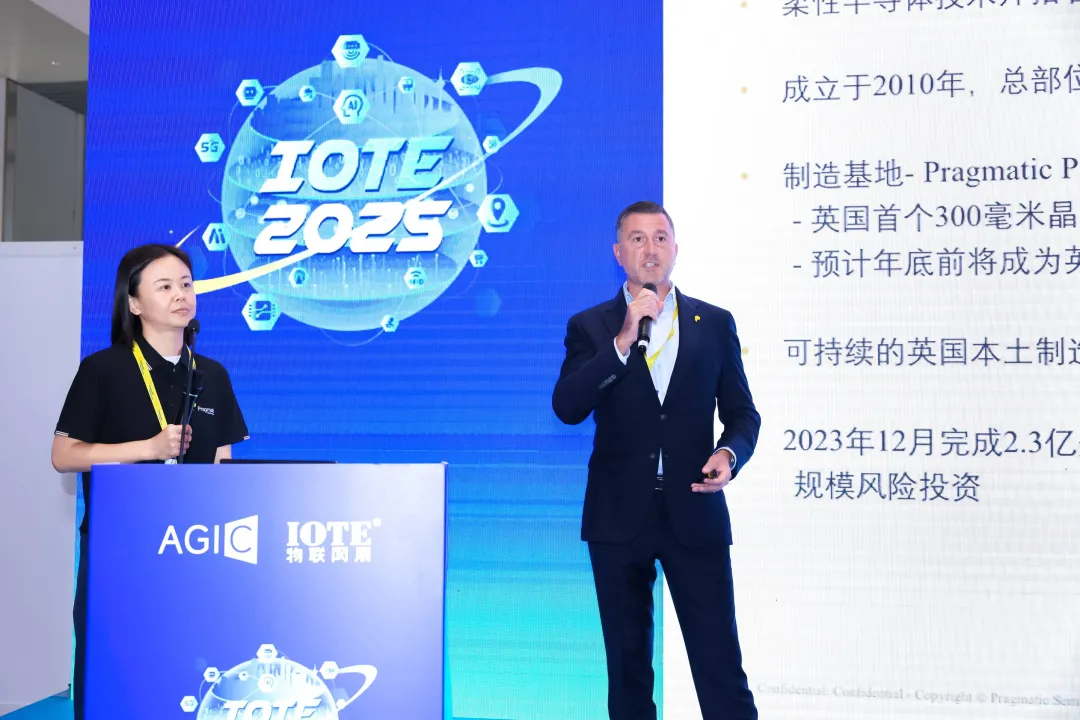
RAMXEED LIMITED's Asia Marketing Director, Luo Jian, shared how to address the bottlenecks of traditional RFID, such as slow write speeds, short lifespans, and high power consumption. RAMXEED utilizes a passive RFID solution with built-in FeRAM, boasting write speeds hundreds to thousands of times faster, a write cycle endurance of up to 1 trillion times, and exceptional energy efficiency, enabling battery-free operation. This offers significant advantages in scenarios such as smart manufacturing, medical traceability, and wireless sensing. In the AI era, FeRAM RFID enables real-time, high-frequency data collection and storage in edge devices, injecting new momentum into intelligent IoT architectures.
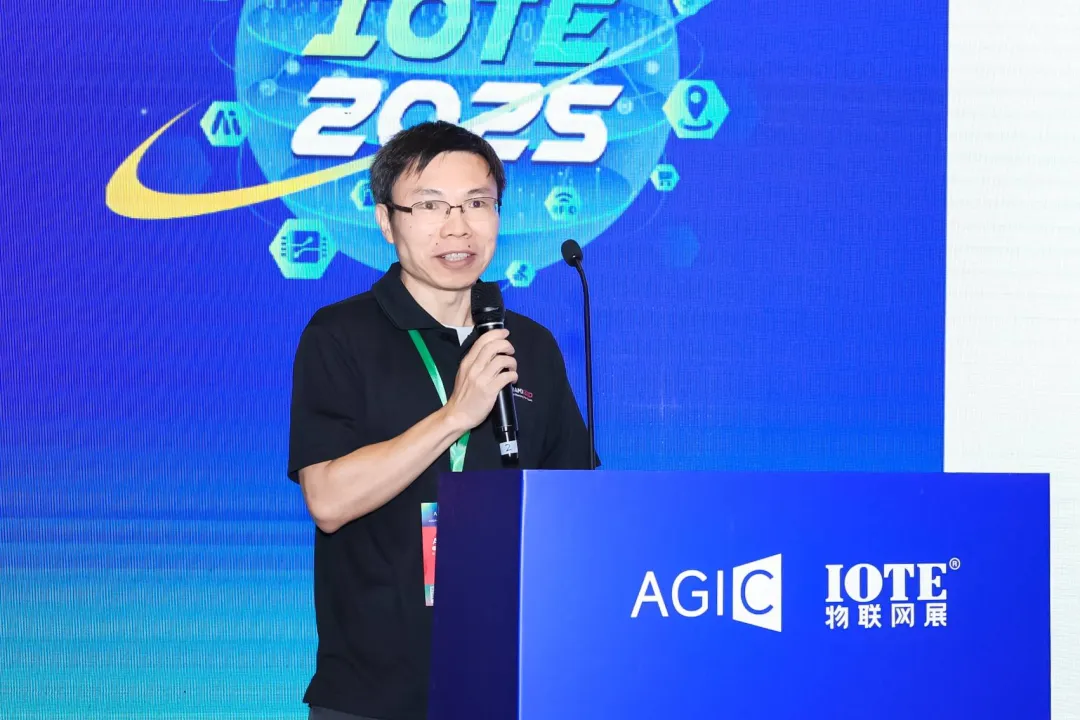
Gan Quan, Director and Deputy General Manager of Shenzhen Sincere Technology Co., Ltd., shared Sincere's Re-PIoT technology. This technology, derived from the reverse evolution of the EP-IoT technology jointly developed with Huawei, represents a revolutionary advancement in passive IoT inventory and positioning. Its positioning accuracy is outstanding, with horizontal errors typically less than 1.5 meters and vertical accuracy reaching 0.5 meters (capable of pinpointing the number of cabinet layers), breaking through the limitations of traditional positioning. The core Helper device consumes only 1/1000th the power of traditional readers and costs 1/10th the cost. It also boasts 100 times higher sensitivity and a battery life of over three years. In practical applications, it can enable contactless inventory in smart stores. In smart warehouses, when combined with robots, inventory and positioning efficiency reaches 300 times that of a traditional five-person team. Future applications are expected to expand into more scenarios through the integration of robots, video, and other technologies, revolutionizing RFID positioning standards.
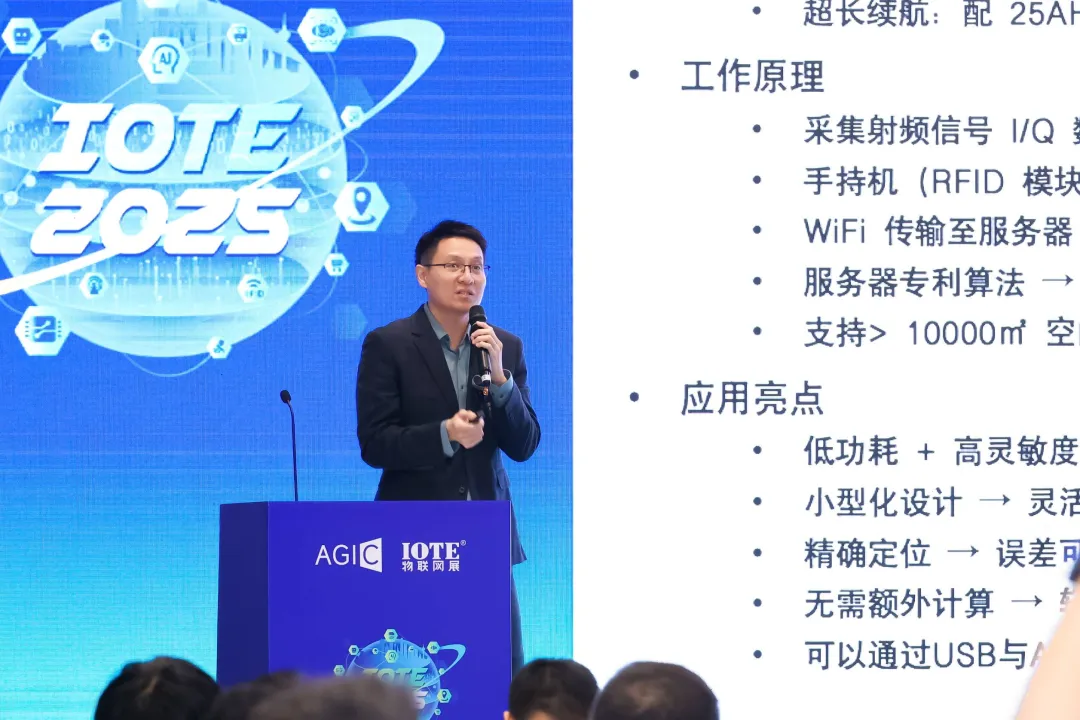
Cao Jie, R&D Director of Shenzhen Xinquan Semiconductor Materials Co., Ltd., pointed out that anisotropic conductive adhesive, a key micro-interconnect material, is increasingly playing a vital role in RFID packaging processes due to its unique properties of Z-axis conductivity and in-plane insulation. Xinquan Semiconductor boasts strong packaging material R&D capabilities and has developed a variety of ACP products through forward engineering. These products feature high glass transition temperatures (Tg), excellent chip encapsulation, and millisecond-level curing speeds to meet customers' technical requirements for RFID inlays with varying chips, substrates, bonding equipment, and curing temperatures. Xinquan Semiconductor will continue to provide RFID customers with other cost-effective key materials and looks forward to expanding the application of ACP materials into other fields.
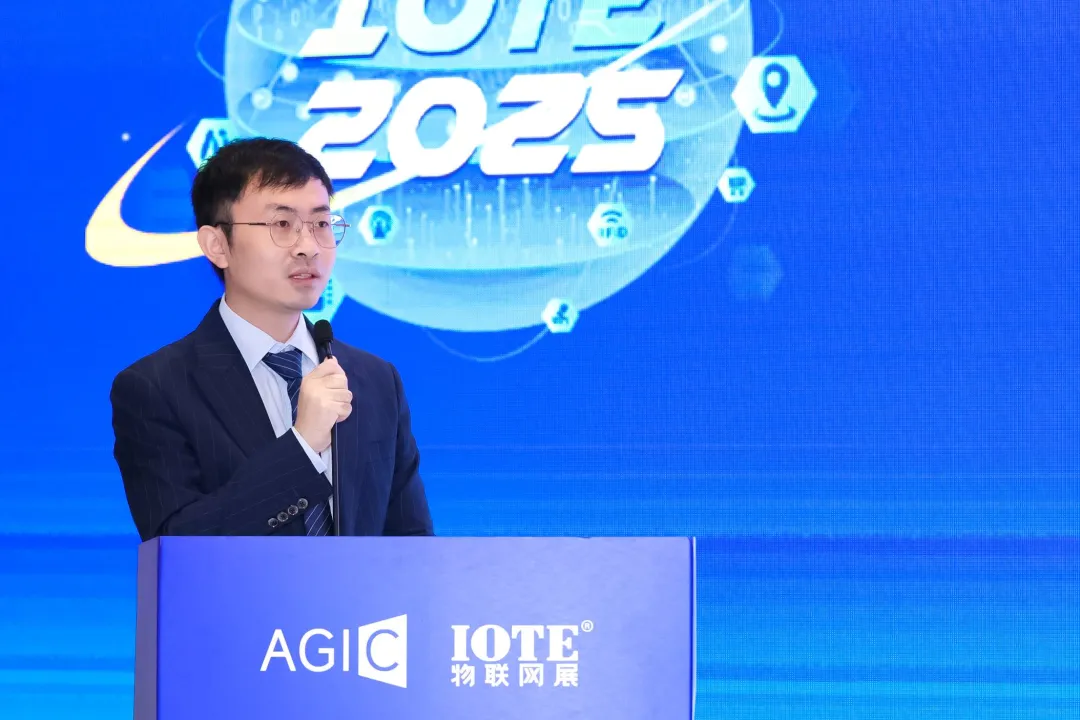
Next up was Zhang Zhongliang, Director of the AloT Star Map Research Institute, who shared the newly released "2025 China RFID Passive IoT Industry White Paper." He focused on the latest market information for the RFID passive IoT industry, highlighting data for the three major sectors: UHF, HF, and LF RFID. In the UHF RFID sector, global tag chip shipments will reach approximately 55 billion units in 2024. Current growth is primarily driven by applications such as footwear and apparel retail and logistics. A long-term growth period is expected in 2026 due to the implementation of major projects. North America is the primary application market. While domestically produced chips currently account for a small share, their growth is expected to continue. The presentation also showcases the production origins and manufacturer distribution of inlays, as well as the shipment volume and application segments of domestic specialty tags, end-user application markets, and readers. The HF market has stabilized, with new scenarios such as electronic price tags being developed. Domestic manufacturers primarily serve overseas customers, with new "tap-and-pay" scenarios being added. The LF market is stable, with animal management being the primary application, and customers primarily overseas.
Shi Chunlei, General Manager of Shenzhen Quanshunhong Technology Co., Ltd., focuses on integrating RFID and RTLS technologies to create a new model for intelligent warehouse management. She first introduced her company, Quanshunhong, a company specializing in IoT wireless radio frequency technologies (RFID, UWB, BLE, and AOA). The company holds numerous patents and certifications and provides one-stop services from demand research to project implementation. She then analyzed the development trends of China's logistics and warehousing industry, noting that traditional warehouses face rising labor and rental costs, while intelligent forklifts are becoming a trend. She then proposed an RFID+RTLS digital warehouse management system, centered around IoT technology. She explained how this system, through integrated technologies, enables refined management of inventory, supply chain, and cargo, as well as forklift performance and safe operation. She also presented the system architecture, related equipment (such as readers and writers, positioning tags), and operational processes. She then used successful case studies from various industries in Guangdong, Guangxi, and Beijing to demonstrate the value of the technology's application, analyzing its commercial value (such as real-time inventory management and asset tracking) and customer feedback. She also provided a technical decision tree to assist in technology selection and introduced the company's one-stop service process.
Li Ning, CTO of Hangzhou Dazhi Interconnect Communication Technology Co., Ltd., focused on the digital management of dumb resources (such as fiber optic cables, pipe shafts, and utility poles) in the communications industry. He first proposed introducing RFID technology to address the identification and location management needs of dumb resources, and elaborated on a digital fiber optic network solution. Its "digital," "automatic," and "intelligent" features meet basic requirements such as low cost and uninterrupted service, as well as requirements related to operations, maintenance, identification, and data collection. He then introduced a digital platform for dumb resource management, featuring business-driven, agile integration, and scenario-wide coverage, enabling it to cover all scenarios for dumb resource applications. He also demonstrated the cost reduction and efficiency improvement results of a provincial mobile company's transformation project. He then discussed platform construction, industry empowerment, and challenges driven by AI capabilities, and proposed application recommendations that are "useful, effective, and easy to use," emphasizing business-driven, process-integrated, and AI-enabled. Finally, he mentioned the expansion of applications to urban lifelines, summarizing Dazhi Interconnect's strengths in business understanding, software platforms, localized R&D, hardware design, and integrated services, highlighting its full-process support capabilities for the digital transformation of dumb resources.
Tao Qing, Project Director of Shenzhen Taihe IoT Information Technology Co., Ltd., pointed out that NFC identification technology is not only a powerful tool for product identification but also the key to connecting enterprise products throughout the entire process and achieving the "physical world-digital twin" model. Enterprise products can be seamlessly integrated with NFC, enabling them to record and exchange information. This helps companies achieve comprehensive digital management, traceability, and interactive marketing, from manufacturing to warehousing and logistics, through retail channels, and ultimately, at the consumer end. The diverse technical implementations of NFC chips can meet the interactive requirements of products in diverse application scenarios, effectively serving applications such as product anti-counterfeiting verification, information traceability, anti-counterfeiting, channel incentives, and end-user marketing. NFC identification technology, with its ultimate interactive experience, trusted data foundation, and convenient operational model, is driving enterprises' digital transformation from an "optional" to a "must-have."
Chen Benyue, General Manager of Zhejiang Zhidian Digital Technology Co., Ltd., noted that State Grid has innovatively developed a multi-code integrated management system combining "work tickets + RFID tags + physical ID + smart storage cabinets" to address the pain points of traditional safety tool management, such as information silos and the risk of overuse. By embedding RFID tags with each tool and binding them to a unique physical ID, the system links work ticket and task requirements, achieving a strong connection between "people, tools, and tasks." The intelligent storage cabinet integrates facial recognition and RFID access control, enabling instant access to tools and automatically intercepting expired, uninspected tools. The system has achieved remarkable results: a 100% interception rate for expired tools, reduced access time from 30 minutes to 5 minutes, increased inventory efficiency tenfold, and reduced tool loss by 90%, meeting the audit requirements of the National Energy Administration. Going forward, the company will further develop AI damage identification technology, establish a three-tiered intelligent distribution network at the provincial, municipal, and county levels, and fully integrate with supply chain systems. This will advance power grid safety tool management from "unmanned to intelligent," strengthening the digital foundation for new power system security.
Zang Ruixin, Director of Value Chain Engineering at Decathlon, introduced the application of RFID in Decathlon's end-to-end product management. In the forward process, he explained the full data tracking process, from attaching RFID tags to products during production, packaging, scanning and entering data such as production/expiration dates and batch numbers, and transmitting them to the Decathlon database in real time, to warehousing, authorized shipment, and final transportation, through multiple application scenarios (such as box scanning and single-item reading). He also introduced the ShipHub PDA solution, which addresses existing pain points in omnichannel order fulfillment (such as the lack of a proof-of-pick verification process and time-consuming demagnetization). He proposed solutions such as RFID product verification and instant demagnetization, saving significant time and achieving 100% picking accuracy, improving operational efficiency, quality, and customer satisfaction. He also discussed future plans, including using PDAs to process return orders via RFID in the reverse process, optimizing picking routes through the PDA "product search" mode in the forward process, and applying RFID to second-hand product management for refurbished resale, inventory tracking, and sales monitoring, all to help increase sales and profitability.
This concludes the presentations from all speakers at the IOTE 2025 Shenzhen RFID Passive IoT Ecosystem Seminar. Thank you for your participation and attention. See you next year!











